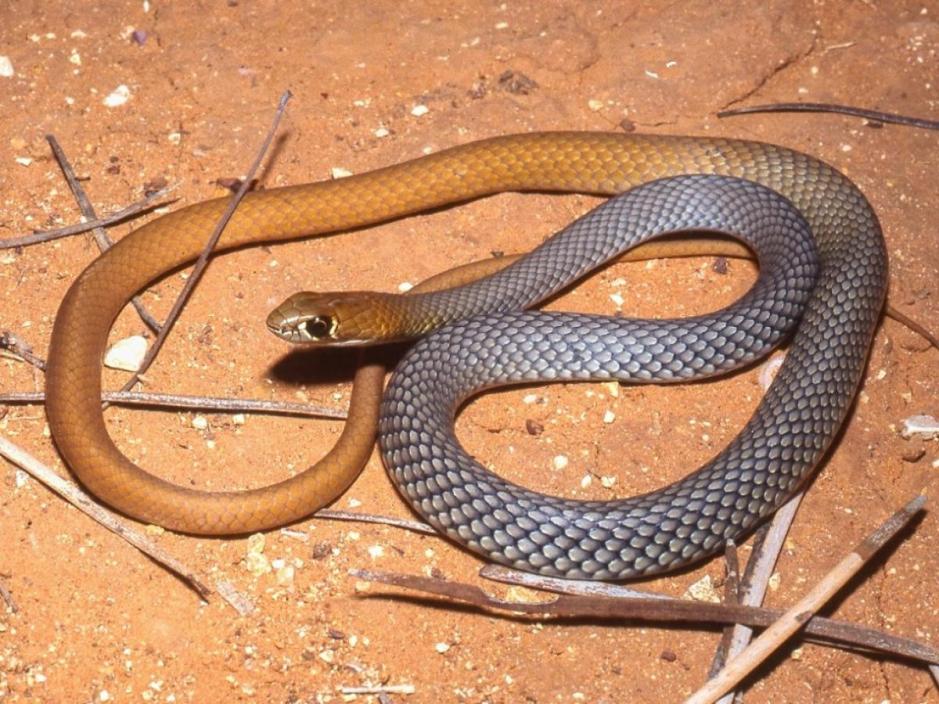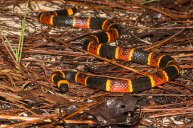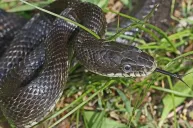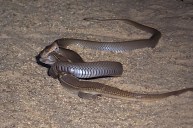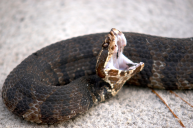A new species of venomous snake has been identified for the first time by a team of researchers in Australia.
In the past, the desert whip snake had been mistakenly lumped into other species of whip snake. But it is definitively different: One tell-tale differentiator is the desert whip snake's coloration, which features a copper-colored head and tail with a blue-colored body in between.
Now, the desert whip snake, or Demansia cyanochasma, has finally been differentiated from the 14 other species of venomous whip snakes that live in Australia after researchers used a series of tissue analyses to positively classify it as distinct. The research was done jointly by the University of Adelaide, the South Australian Museum, and the Western Australian Museum.
The new species' name, Demansia cyanochasma, translates into "blue gap," according to the researcher's report. While the desert whip snake hasn't been spotted in the States yet, its relative, the Striped Racer Whipsnake does live here in places like California.
Whip snakes are speedy hunters that proactively chase down their prey, as opposed to most other snake species that wait until prey comes close enough to strike. But, luckily, whip snakes are usually also shy of humans and generally do not pose a threat.
"While the desert whip snake is mildly venomous, its bite—while painful—is unlikely to cause humans any serious harm," University of Adelaide's Dr. James Nankivell, a DNA researcher and first author of the study, said. "Bites from whip snakes are extremely rare as they are very shy and tend to flee at the first sign of danger."
Whip snakes can zoom across land at speeds of up to 5 miles per hour and do most of their hunting during broad daylight. Some of their favorite meals are lizards and lizard eggs.
Whip snakes don't live in America. Here in the U.S., the venomous snakes to keep an eye out for include rattlesnakes, copperheads, cottonmouths/water moccasins, and coral snakes. Most of these snakes are elusive and tend to stay away from humans, but it can't hurt to take some preventative measures anyway. Avoid snakes when possible. Where protective boots when in areas snakes are known to be. Never try to handle any snake.
READ MORE: Hiking in Rattlesnake Country: How to Stay Safe and What to Do if You Get Bit
